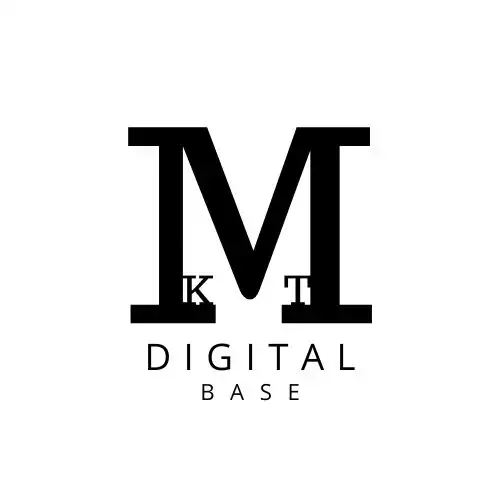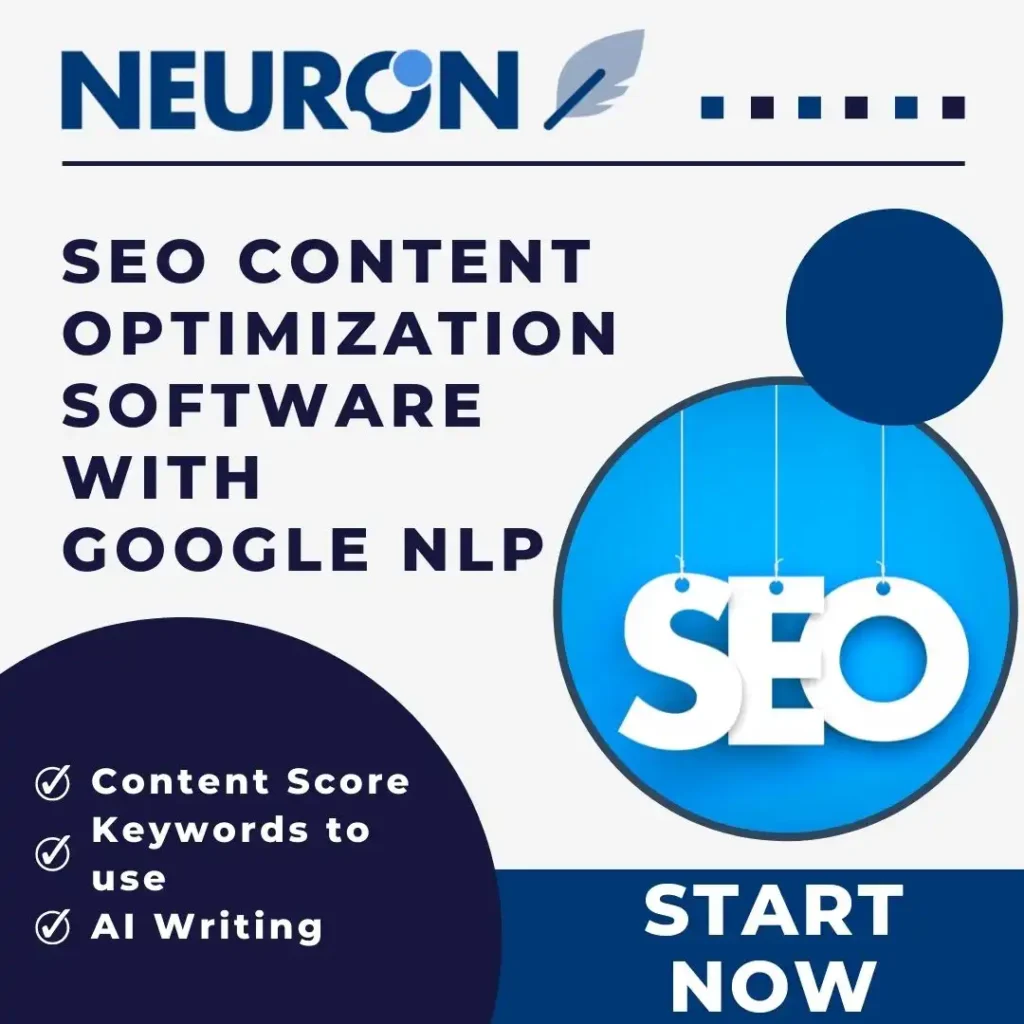Search engine optimization (SEO) is one of the best ways to increase visibility on search engines and drive organic traffic to your website. Whether you’re a content creator, a business owner, or part of a digital marketing team, understanding how to use effective SEO techniques can help improve rankings and increase traffic to your site. With the right strategy in place, search engines like Google will better understand your content and show it to the right audience.
Let’s take a deep dive into the world of SEO—from on-page optimization and technical SEO to link building, search intent, and beyond.
Why SEO Is Important for Every Website
The term SEO refers to a collection of seo strategies and best practices used to help search engines understand your content, rank it appropriately, and deliver it in relevant search engine results pages (SERPs). The better your SEO, the more likely your site will appear at the top of Google’s search results, increasing website traffic and potential conversions.
Without a solid SEO foundation, even the best content on your website might remain invisible to users. Google might not be able to find and index your pages, and your brand could miss out on valuable search traffic.
Optimize On-Page Elements to Rank Higher
On-page SEO focuses on improving the content and HTML source code of a page on your website. It includes everything from optimizing meta tags to improving URL structure, enhancing headings, and using proper internal link strategies.
Writing compelling meta descriptions and including relevant keywords in titles, headers, and throughout your content helps search engines and users alike. Make sure that each page on your site has unique, keyword-targeted content that addresses search intent.
Using descriptive URLs, incorporating structured data, and organizing your pages logically ensures that search engines like Google can crawl and index your site efficiently.
Keyword Research: The Foundation of SEO
No effective SEO strategy is complete without thorough keyword research. Identifying the right search terms with sufficient search volume helps ensure you’re targeting what people are actually looking for.
When conducting keyword research, look for both short-tail and long-tail phrases. Tools like Google Search Console, Google Analytics, and other seo tools can provide valuable data on search queries and user behavior.
Once you’ve found your target keywords, integrate them naturally throughout your content, headers, meta description, and image tags to support better search engine optimization.
Boost SEO Performance with Technical SEO Strategies
Technical SEO ensures that your website meets the technical requirements of modern search engines. This includes everything from improving site speed and mobile responsiveness to fixing crawl errors and optimizing your core web vitals.
Key technical seo strategies include:
- Creating an XML sitemap and submitting it via Google Search Console
- Ensuring clean, crawlable URL structures
- Implementing canonical tags to prevent duplicate content
- Fixing broken links and 404 errors
- Optimizing your site for mobile devices
- Improving page load speed and server performance
If Google crawls and indexes your site without issues, you’re in a strong position to start ranking for competitive search terms.
Improve User Experience and Search Engine Visibility
User experience and search performance go hand in hand. If your website is hard to navigate, loads slowly, or looks outdated, users and search engines will both take notice.
Google evaluates your website’s SEO using performance metrics like core web vitals, mobile usability, and interactivity. Focus on creating seamless navigation, logical page hierarchies, and clean design to enhance the overall user experience.
Enhancing the visual and interactive elements on your site, including using clear CTAs, readable fonts, and multimedia elements, can also positively influence dwell time and reduce bounce rates—two factors that may affect seo performance.
Master Internal Linking for Better SEO
An often overlooked seo practice is the strategic use of internal links. These are hyperlinks that connect one page on your website to another.
Proper internal linking helps search engines discover new content, understand your site’s architecture, and distribute link equity. It also keeps users engaged by guiding them through a logical content path, ultimately helping you rank higher in search engine results.
Be sure to use descriptive anchor text and link to relevant pages that add context and value.
Drive Traffic Through Link Building and Off-Site SEO
Link building is a critical component of off-site SEO. It involves getting other reputable websites to link back to your content, signaling to search engines that your site is trustworthy and authoritative.
Effective link building includes:
- Guest blogging on niche websites
- Earning backlinks through high-quality content
- Creating shareable infographics or tools
- Getting listed in directories and industry portals
By building a strong backlink profile, you’ll boost your SEO success, increase website traffic, and enhance your brand’s credibility in google search.
Optimize for Local SEO and Get More Traffic
If you’re a business with a physical location or serve customers in specific regions, local seo is essential. Optimizing your site for local search terms can help you rank in location-based search engine results pages.
Tactics include:
- Creating and optimizing a Google Business Profile
- Using location-based keywords
- Getting reviews and local citations
- Embedding maps and using schema markup
Local SEO helps Google match your business with nearby search queries, improving visibility and helping you get more traffic from users in your area.
Create Content That Matches Search Intent
To rank higher in google’s top results, you need to create content that aligns with what users are actually searching for—their search intent. Whether it’s informational, transactional, or navigational, your content must serve the user’s goal.
Use tools like search console to analyze how users find your pages. Then, optimize and expand your content to answer their questions better than your competitors.
This approach not only increases organic search visibility but also builds trust with your audience and improves engagement.
Don’t Forget About Image SEO
Image SEO is more important than many realize. Optimized images improve page load speed, user engagement, and accessibility.
When adding images:
- Use descriptive file names and alt attributes
- Compress images for faster loading
- Implement lazy loading where appropriate
- Use responsive image sizes
Proper image seo helps search engines understand what your visuals depict and can improve your visibility in Google Images and rich results.
Expand Globally with International SEO
If you’re targeting audiences in multiple countries or languages, international seo is a must. This involves using hreflang tags, creating region-specific content, and ensuring your site structure supports multiple markets.
International SEO ensures that users across the world get directed to the most relevant version of your website, enhancing user experience and maximizing seo performance.
Measuring SEO Success with the Right Tools
Tracking your progress is critical to maintaining an effective seo strategy. Use Google Analytics, Search Console, and other third-party seo tools to monitor:
- Keyword rankings
- Estimated traffic
- Bounce rates
- Crawl errors
- Backlink growth
By consistently analyzing these metrics, website owners can improve their strategies, make informed decisions, and continue to drive traffic and increase their visibility.
Final Thoughts: Achieving SEO Success
The SEO landscape is dynamic, requiring continuous learning and adaptation. Whether you’re just getting started or have years of experience in seo, applying the right seo techniques will help you rank higher, get more organic traffic, and turn visitors into loyal followers or customers.
Focus on creating valuable content, building strong technical foundations, understanding search intent, and fostering connections through backlinks. Over time, your efforts will pay off in the form of sustained traffic and rankings.
Remember, seo is one of the most powerful marketing strategies available—and when done right, it can be the key to long-term digital success.











